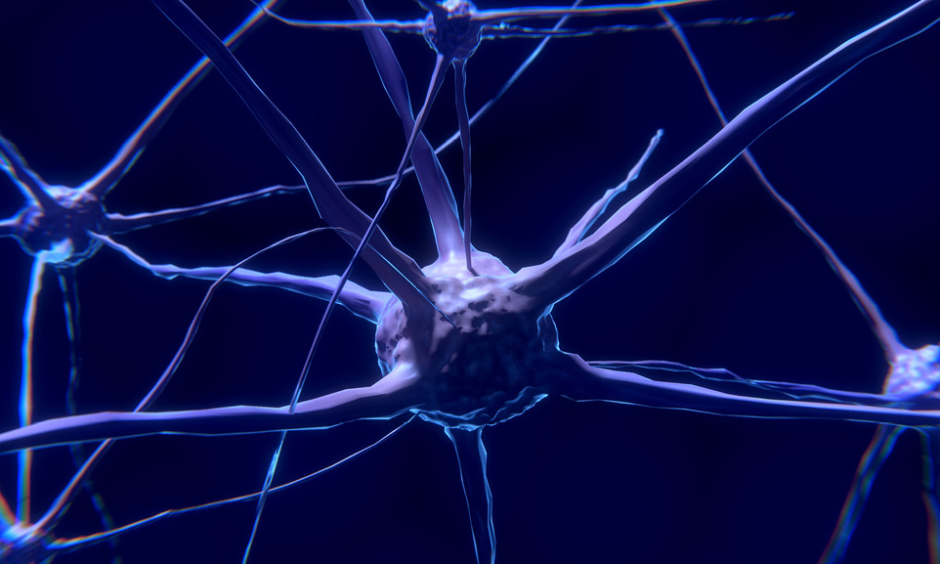NEW opportunities for the study of neural cells could be available following the discovery that large protein clumps associated with neurodegenerative diseases are stored in lysosomes in young, resting neural stem cells. A study at Stanford University, California, USA, suggests that removing these aggregates could improve the cells’ ability to create new neurons.
Gene Expression
The team firstly isolated populations of cells, including resting stem cells, activated neural stem cells, and the neural cell progenitors that arise from activated stem cells from the brains of both old and young mice. It was discovered that many lysosome-associated genes were expressed by quiescent stem cells; activated stem cells meanwhile expressed genes associated with a proteasome, a protein complex involved in protein destruction. Unexpectedly, following staining of all the neural stem cells with a dye that binds to protein aggregates, brighter staining occurred in the resting ones despite having a lower rate of protein production. Additionally, the team observed that the speed at which these resting stem cells accumulated these aggregates in their lysosomes was relatively slow compared with the activated cells.
Restoring Neuron Creation Ability
As resting stem cells age, they express fewer lysosome-associated genes and thus accumulate increased numbers of protein aggregates. The researchers showed that the ability of the older resting cells to make new neurons could be restored by artificially removing the aggregates by either activating lysosomes or subjecting them to starvation conditions to limit their protein production.
Removing Aggregates
“We were surprised by this finding because resting, or quiescent, neural stem cells have been thought to be a really pristine cell type just waiting for activation,” explained Prof Anne Brunet, Stanford University. “But now we’ve learned they have more protein aggregates than activated stem cells, and that these aggregates continue to accumulate as the cells age. If we remove these aggregates, we can improve the cells’ ability to activate and make new neurons. So if one were able to restore this protein-processing function, it could be very important to bringing older, more dormant neural stem cells ‘back to life’.”
Future Research
Further research is now planned to understand the kinds of proteins that may be contributing to the aggregates, why activated neural stem cells appear to favour proteasomes ahead of lysosomes, and how the ageing process disrupts the regulation of protein aggregation.
James Coker, Reporter
For the source and further information about the study, click here.








